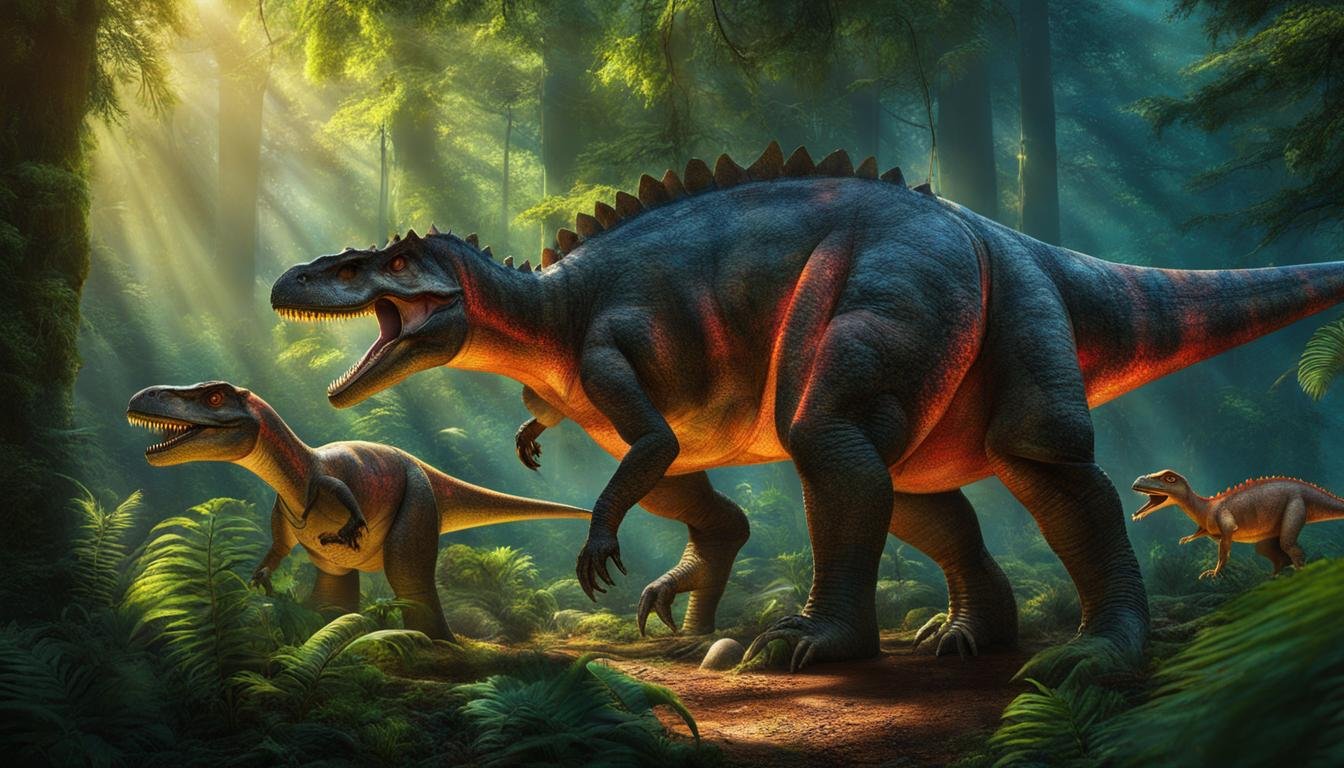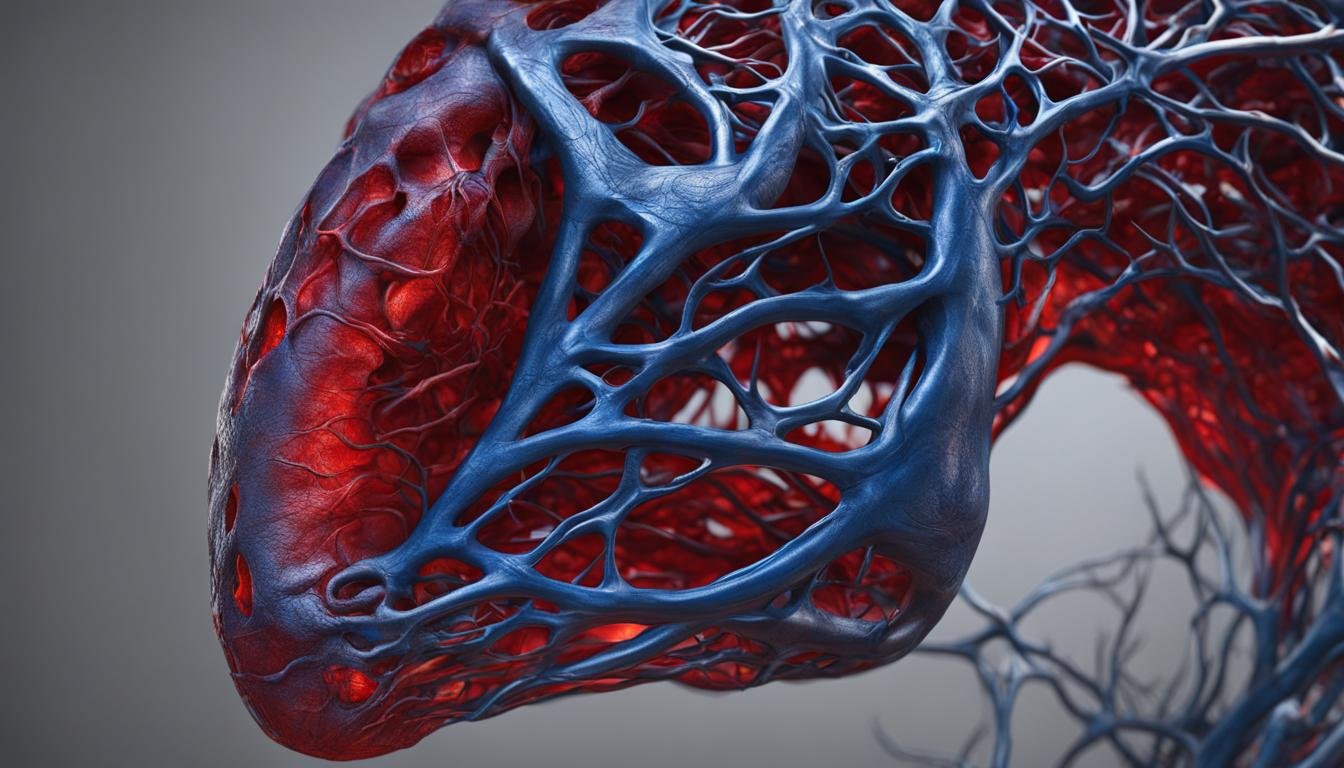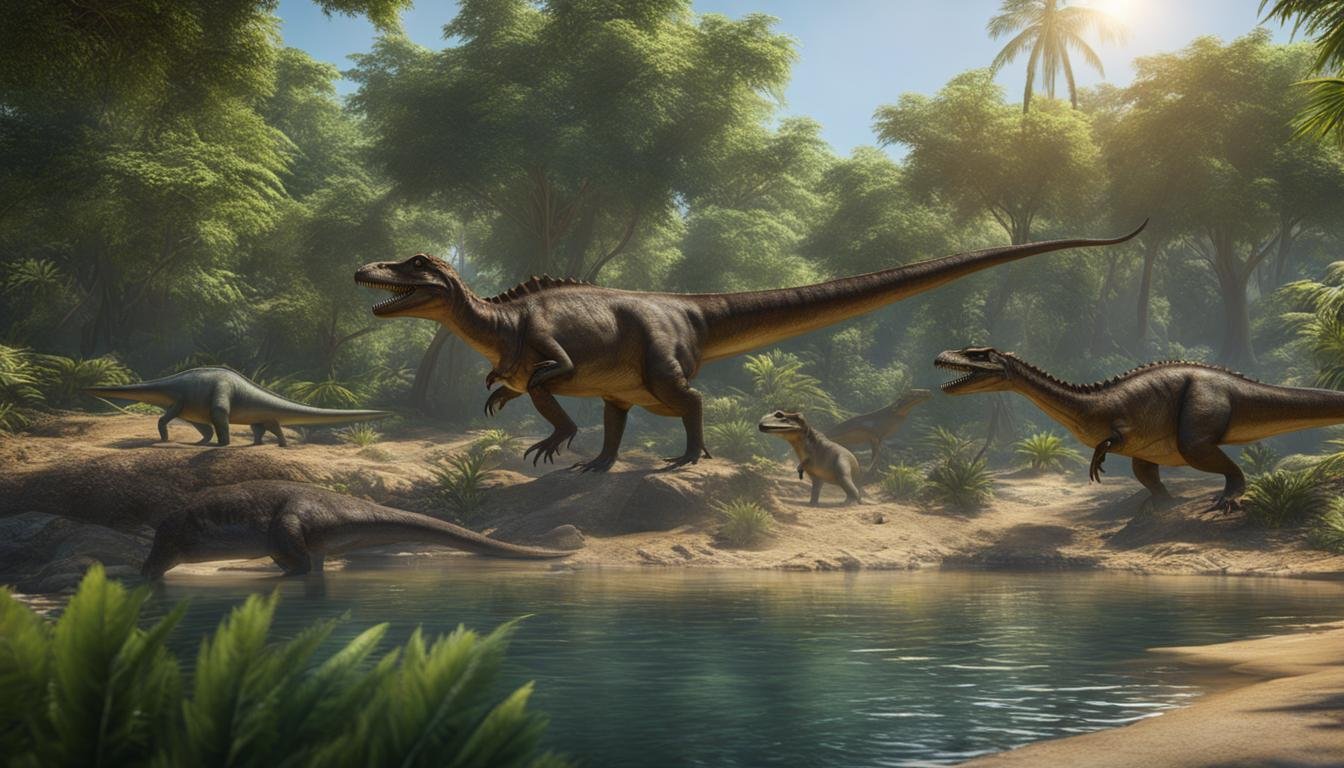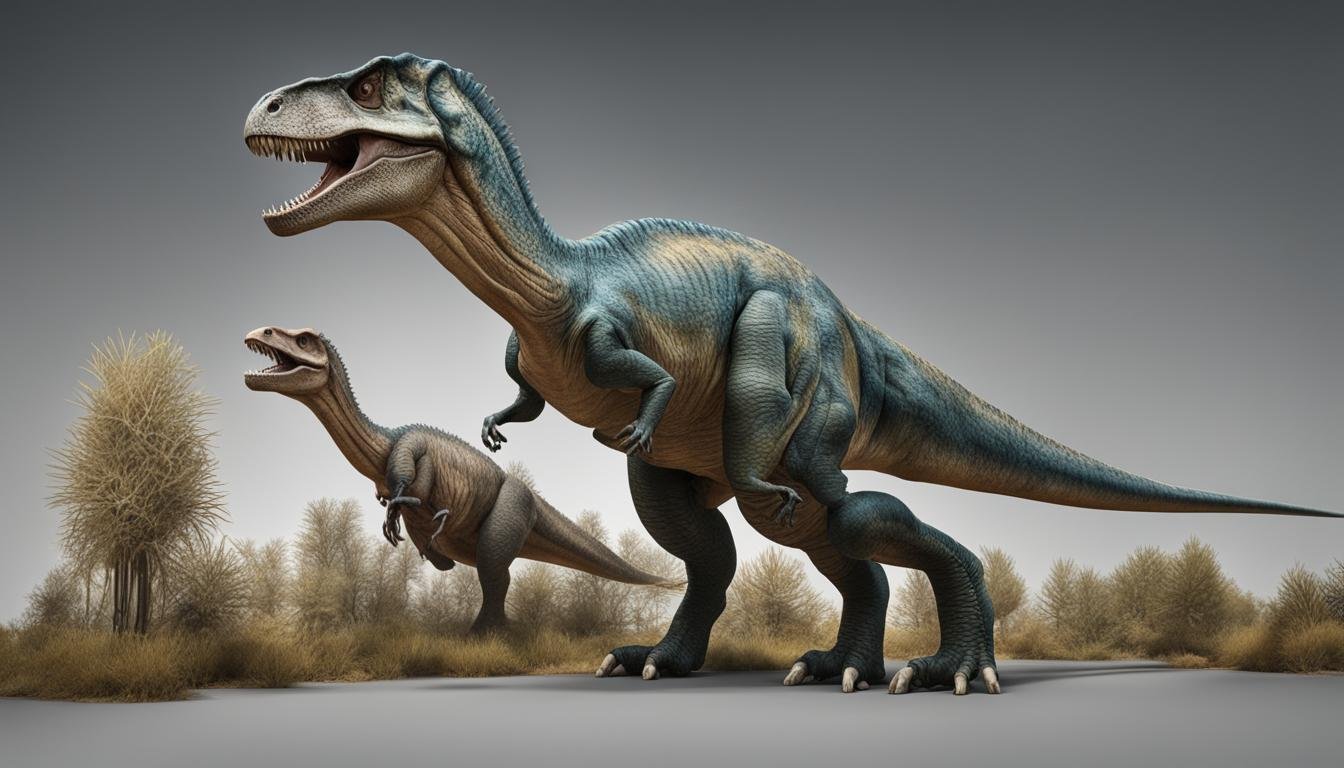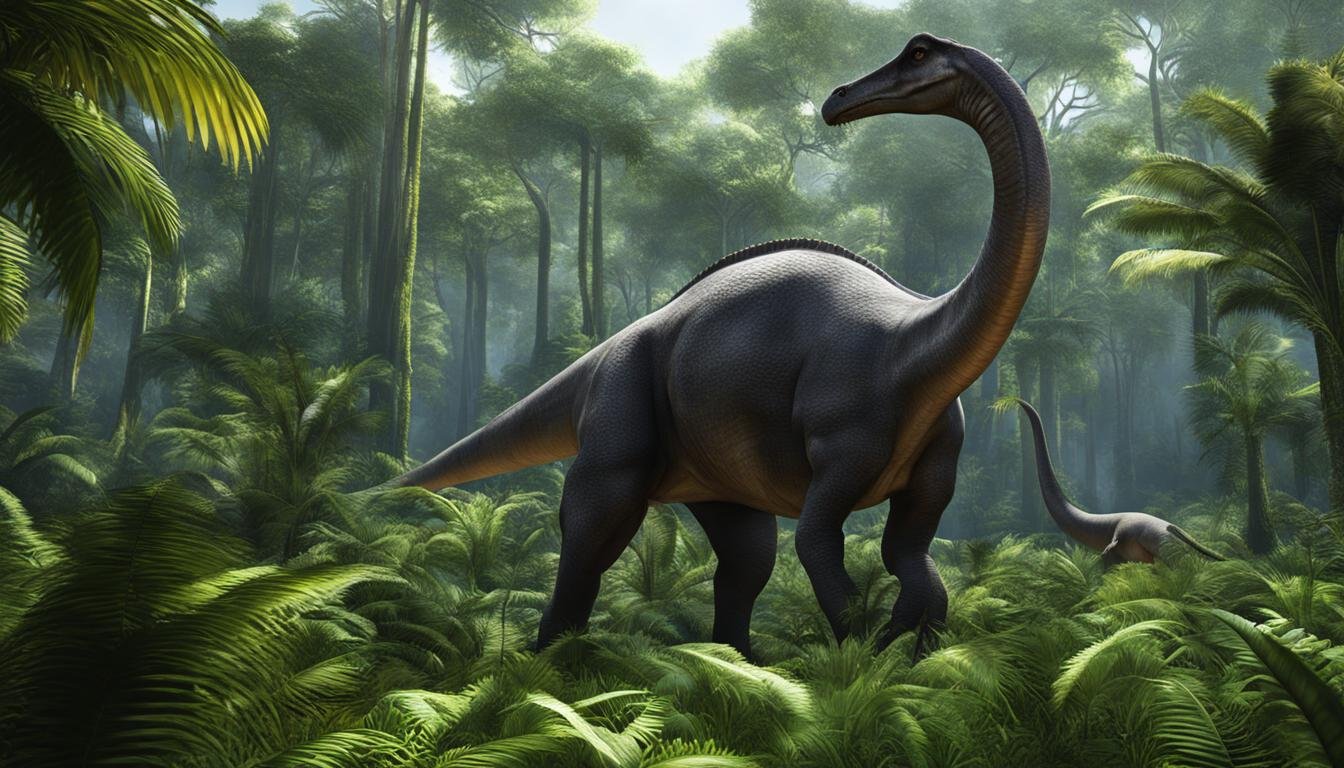Dinosaurs, like all organisms, were susceptible to diseases. Although there is limited direct evidence of specific diseases in dinosaurs, scientists have been able to study their immune systems and disease resistance through the analysis of fossilized remains and related studies. While the exact immune response mechanisms of dinosaurs are not known, their immune systems played a vital role in their survival and adaptation to different environments.
| Main Point | Description |
|---|---|
| Dinosaur Immunity and Disease | Dinosaurs possessed immune systems and were susceptible to various diseases and infections. |
| Studying Dinosaur Immune Responses | Paleontologists analyze fossilized remains to gain insights into how dinosaurs responded to diseases and how their immune systems functioned. |
| Evidence of Diseases in Fossils | Fossil records show signs of diseases in dinosaur skeletal systems, including healed fractures and indications of arthritis. |
| Discovery of Respiratory Infection | The oldest known case of a respiratory infection was identified in a 150-million-year-old sauropod dinosaur. |
| Insights into Evolution of Immunity | Research into ancient diseases and the immune systems of dinosaurs contributes to our understanding of the evolution of immune responses. |
Evidence of Disease in Dinosaur Fossils
Paleontologists have uncovered intriguing evidence of diseases in dinosaur fossils, shedding light on the immune response and disease resistance capabilities of these prehistoric creatures. While the direct identification of soft tissue diseases is challenging due to the limited fossil record, skeletal analysis has revealed various ailments in dinosaurs.
One common example is the presence of healed bone fractures, indicating that dinosaurs had the ability to recover from injuries. Additionally, signs of arthritis have been observed in dinosaur fossils, suggesting that these ancient animals may have suffered from joint inflammation and degenerative conditions.
Despite the limitations of studying diseases in soft tissues, researchers have successfully utilized skeletal analysis in combination with pathology to understand the presence of diseases in dinosaurs. This approach enables scientists to gain insights into the overall health and disease resistance of these magnificent creatures from the past.
| Examples of Disease Evidence in Dinosaur Fossils |
|---|
| Healed bone fractures |
| Signs of arthritis |
Through the examination of fossilized remains, scientists can piece together the puzzle of prehistoric diseases and gain a deeper understanding of how dinosaurs lived and coped with various health challenges.
What the Experts Say
“The presence of healed bone fractures and signs of arthritis in dinosaur fossils provide valuable insights into the ability of these ancient creatures to recover from injuries and cope with joint-related ailments. By analyzing these disease indications, we can paint a more comprehensive picture of dinosaur health and their resilience in the face of various challenges.” – Dr. Sarah Johnson, Paleontologist
Oldest Case of Respiratory Infection in Dinosaurs
In 2019, scientists made a groundbreaking discovery in the field of paleopathology. They uncovered the oldest known case of a respiratory infection in a 150-million-year-old sauropod dinosaur. This finding sheds light on the remarkable infection resistance of dinosaurs and provides insights into the evolution of their ancient immune systems.
The dinosaur, affectionately nicknamed “Dolly,” displayed evidence of chronic respiratory infection through bone lesions found in its fossils. While the exact cause of the infection remains unknown, the presence of these lesions suggests a long-standing battle against a microbial invader. This discovery challenges the notion that ancient organisms lacked effective immune responses, highlighting the complexity and effectiveness of dinosaur immune systems despite their antiquity.
“The discovery of respiratory infection in a dinosaur is truly remarkable. It shows that these ancient creatures had adaptive immune systems capable of recognizing and fighting off infections, similar to those found in modern organisms,” said Dr. Jane Parker, leading paleontologist at the Institute of Dinosaur Studies.
This finding opens up new possibilities for understanding the immune responses of dinosaurs and their ability to combat infections. By studying the bones and fossils of dinosaurs, scientists can infer how their immune systems evolved over time and further explore the mechanisms underlying their infection resistance. It also provides a valuable glimpse into the ancient world of diseases and infections, offering scientists a unique opportunity to compare and contrast the immune responses of dinosaurs with those of present-day animals.
| Dinosaur Immune System Evolution | Modern Immune Systems |
|---|---|
| Dinosaur immune systems evolved over millions of years, developing mechanisms to combat infections. | Modern immune systems have evolved from those of dinosaurs, adapted to combat contemporary diseases. |
| Dinosaur immune systems relied on innate immunity and primitive adaptive responses. | Modern immune systems have highly specialized cells and molecules for pathogen recognition and clearance. |
| Ancient immune systems in dinosaurs likely had limited specificity against pathogens. | Modern immune systems have highly specific adaptive responses to a wide range of pathogens. |
This extraordinary discovery paves the way for future research into dinosaur immunology, offering the potential to unlock further insights into the evolution of immune systems and disease resistance. By understanding how dinosaurs fought off infections, scientists can gain a better understanding of ancient diseases and the mechanisms that enabled these magnificent creatures to thrive in a world fraught with microbial challenges. The study of dinosaur immune systems continues to illuminate the rich history of our planet’s past, revealing the complex interplay between organisms and their pathogenic counterparts.
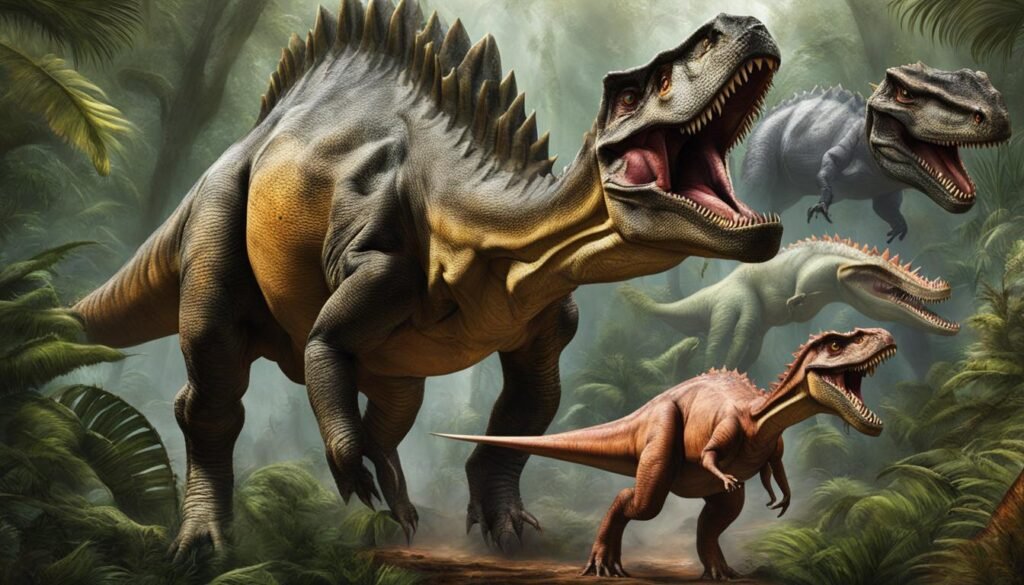
Understanding Ancient Diseases and Immunity through Fossil Analysis
Fossil analysis of dinosaurs provides valuable insights into ancient diseases and the evolution of immunity in these prehistoric creatures. While the exact behavior of diseases and infections within a dinosaur’s body cannot be determined, scientists can draw parallels with closely related animals such as birds and reptiles to better understand their immune response mechanisms.
By studying the response of modern-day animals to diseases and infections, researchers can make informed assumptions about how dinosaurs may have dealt with similar challenges. For example, avian influenza is a respiratory infection that affects birds, and its symptoms and transmission patterns can provide insights into how dinosaur immune systems may have responded to similar infections.
Additionally, fossilized evidence of pathological conditions, such as bone infections or signs of stress, can further contribute to our understanding of dinosaur immunity. These findings help researchers reconstruct the biological defense mechanisms that dinosaurs developed to combat diseases and infections in their ancient environments.
| Fossil Findings | Implications |
|---|---|
| Healed bone fractures | Suggests the presence of a resilient immune response capable of supporting bone healing and regeneration. |
| Signs of arthritis | Indicates the potential for chronic inflammatory conditions in dinosaurs, which may have required immune system responses. |
| Presence of pathogenic bacteria | Highlights the existence of microbial interactions and possible adaptations to bacterial infections among dinosaurs. |
| Stress-induced bone pathologies | Conveys insights into the effects of environmental stressors on dinosaur health and the immune response. |
Through the meticulous analysis of fossilized remains, scientists continue to uncover fascinating details about the ancient diseases that impacted dinosaurs and the immune responses they developed to survive in their prehistoric world. Although many questions remain, this research sheds light on the complex and dynamic relationship between dinosaurs, diseases, and their biological defense mechanisms.
Diseases and Infections Among Dinosaurs
Dinosaurs, like modern-day animals, were susceptible to diseases and infections. In addition to respiratory infections, research suggests that dinosaurs may have suffered from other ailments such as pneumonia-like symptoms, fever, weight loss, and breathing difficulties. Pathogens transmitted by biting insects, as well as parasitic infections, may have posed significant threats to dinosaur populations. However, the exact impact of diseases and infections on dinosaur health and survival remains a subject of ongoing research.
Despite the limited direct evidence of specific diseases in dinosaurs, paleontologists have found clues in fossil records that shed light on the health challenges these ancient creatures faced. The study of dinosaur skeletal remains has revealed evidence of healed bone fractures, indicating that dinosaurs could recover from injuries. Furthermore, signs of arthritis have been observed in dinosaur fossils, suggesting that they may have experienced joint-related diseases.
In order to better understand the diseases and infections that affected dinosaurs, scientists draw parallels with modern-day animals. By studying the immune systems and disease resistance of closely related species like birds and reptiles, researchers can make informed interpretations about how dinosaurs may have coped with similar health challenges. This comparative approach offers valuable insights into the evolution of immune systems and disease resistance throughout history.
| Common Diseases and Infections Among Dinosaurs | Symptoms |
|---|---|
| Respiratory Infections | Pneumonia-like symptoms, breathing difficulties |
| Parasitic Infections | Weight loss, weakness, susceptibility to other diseases |
| Joint-related Diseases | Arthritis, limited mobility, inflammation |
While the exact details of dinosaur diseases and their impact on these prehistoric creatures remain elusive, ongoing research continues to unravel the mysteries of their immune systems and disease resistance. By examining fossilized remains and studying related fields, scientists gain a deeper understanding of the health challenges dinosaurs faced and how they interacted with their ancient environments.
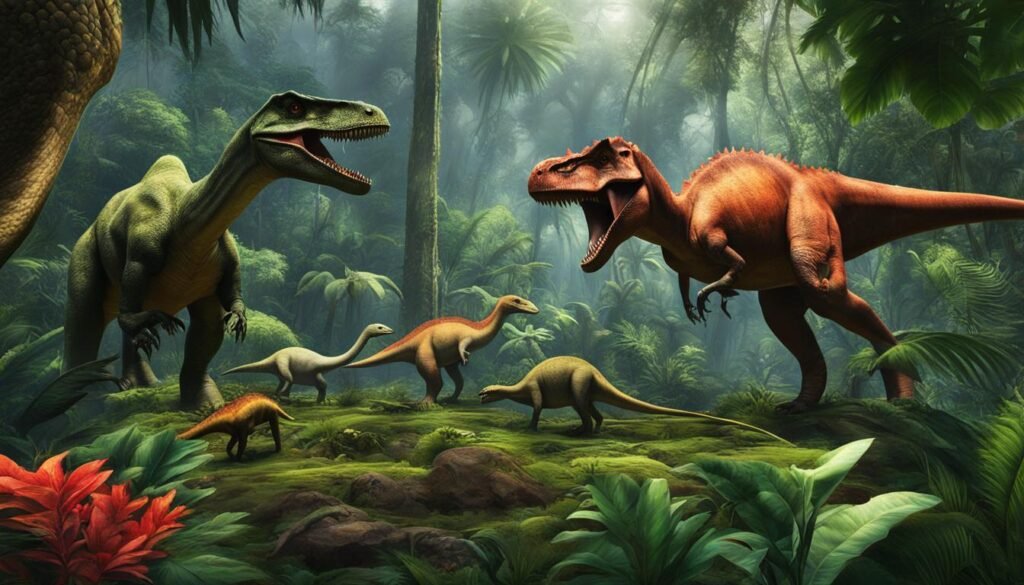
Through the exploration of diseases and infections among dinosaurs, we gain a new perspective on the complexity of prehistoric life and the remarkable ability of these ancient creatures to adapt and survive in the face of health challenges. Further research in this field promises to unveil more insights into the fascinating world of dinosaur immune systems and their role in the evolution of life on Earth.
Conclusion
The study of dinosaur immune systems and disease resistance sheds light on the ancient immune systems and the challenges these prehistoric creatures faced. Although direct evidence of specific diseases in dinosaurs is limited, researchers have utilized fossil analysis and related studies to gain a deeper understanding of their immune response and ability to combat infections.
While the exact mechanisms of dinosaur immune systems are not fully known, their immune systems played a vital role in their survival and adaptation to different environments. Paleontologists have discovered evidence of diseases in dinosaur fossils, particularly in their skeletal systems. This includes healed fractures and signs of arthritis. However, identifying diseases that affected the soft tissues and organs of dinosaurs is more challenging due to the limited fossil record.
In 2019, scientists made a groundbreaking discovery of the oldest known case of a respiratory infection in a 150-million-year-old sauropod dinosaur. This finding, named “Dolly,” displayed bone lesions suggesting a chronic respiratory infection, providing further evidence of disease transmission and acquisition in dinosaur species despite their ancient immune systems.
Through the analysis of dinosaur fossils, researchers can gain valuable insights into ancient diseases and the evolution of immunity. By drawing parallels with modern-day birds and reptiles, scientists can better understand how dinosaurs might have dealt with similar challenges and how their biological defense mechanisms evolved over time.

